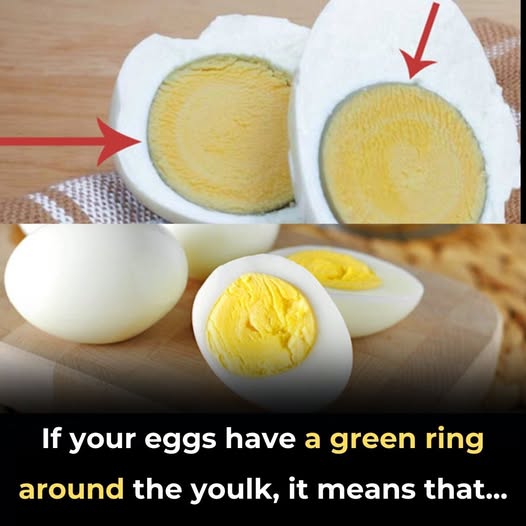Hard-boiled eggs are a staple in many diets—nutritious, versatile, and easy to prepare. But have you ever peeled your egg to find an unappetizing green or gray ring around the yolk? You’re not alone. This common phenomenon often raises questions about safety and cooking technique.
Let’s explore the science behind the green ring, what causes it, whether it’s safe to eat, and how to prevent it.
🥚 What Causes the Green Ring?
The greenish-gray ring is the result of a chemical reaction between sulfur and iron naturally present in the egg. Here’s how it happens:
- Sulfur is found in the egg white (albumen).
- Iron is found in the yolk.
- When an egg is overcooked, especially at high temperatures, the sulfur and iron interact to form ferrous sulfide, a compound with a green-gray color.
🧪 Fact: According to the U.S. Department of Agriculture (USDA), this discoloration is purely cosmetic and does not indicate spoilage or poor quality.
✅ Is It Safe to Eat?
Yes, absolutely. The green ring is harmless and the egg is still safe to eat. It may be slightly drier or have a different texture, but it won’t cause any health problems.
💡 Did You Know? Overcooking eggs can reduce their overall protein digestibility and nutrient availability, particularly vitamin B12, which is heat-sensitive. (Study: Nutritional implications of egg processing, Food Chemistry Journal, 2017)
🍳 How to Prevent the Green Ring
The green ring is easy to avoid with the right cooking and cooling technique. Follow these tips:
TO CONTINUE READING THE ARTICLE PLEASE SEE PAGE 2





